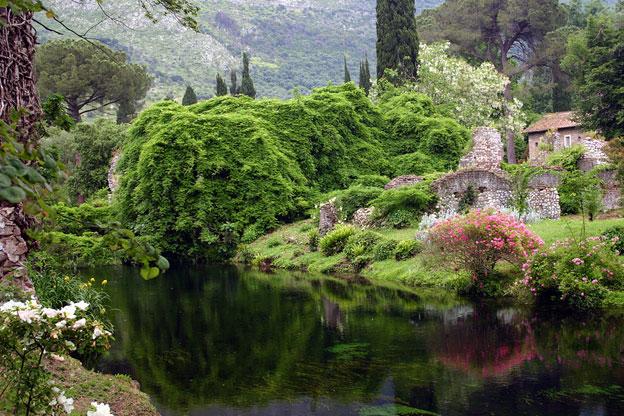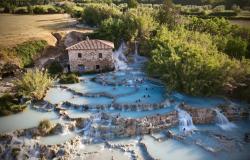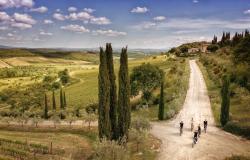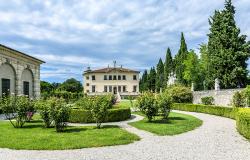Set within the ruins of the town of Ninfa, just 85km from the centre of Rome, is a garden that is regarded as one of the most enchanting in Europe. In fact, The Telegraph listed it within its 2013 list of the top 10 romantic gardens, along with the Giverny estates immortalised by Monet.
Dating back to Roman time and owned by several papal families, Il Giardino di Ninfa came under the ownership of the Caetani family in 1298, and with their dedication, Ninfa became an important town en route to Rome. As the town prospered, it swelled to over a hundred houses with seven churches and its own castle complete with a 32-metre-high tower, built as a symbol of the family’s wealth and power by Pietro Caetani, the nephew of Pope Boniface VII.
Over the years inter-family rivalry and papal quarrels had an effect upon the town and, in 1382, it was burned to the ground following a dispute leaving it in ruins. Attempts the rebuild the town were fraught with problems, as the marshy ground proved difficult to work upon and the various outbreaks of malaria meant the land remained abandoned until the early 20th century.
In 1920, Roffredo Caetani, aided by his English mother, Ada Wilbraham, brought trees from all over the world and planted them at Ninfa. Marguerite Chapin, Caetani’s American wife, introduced flowers to the site and their daughter Lelia, a talented painter, worked on the design creating a living masterpiece.
Organised Chaos
Less than 30 km from the Tyrrhenian Sea and situated at the foot of the Lepini Mountains, its ideal position creates a unique microclimate allowing the plants to thrive in a natural greenhouse. A great deal of thought has been applied to the garden layout, yet it still has an organic feel, or as the garden’s guides call it, ‘organised chaos’.
Many varieties of rose flourish here as do maple trees and a handful of banana trees and other exotic tropical plants. You are coaxed along lavender-lined paths towards a spectacular bamboo pavilion and the ruin of a 12th century frescoed church swathed by creeping vegetation that weaves its way through the derelict town.
To protect the delicate eco-system, the Gardens of Ninfa are opened to the public only on selected weekends. From April to October, they open on the first Saturday and Sunday of each month; they also open on the third Sunday of April, May and June, and the first Sunday in November. Any changes to the current opening times are posted on the Oasi di Ninfa official website.
The entrance fee is €10,00 and dogs are also allowed but they must be kept on a leash at all times.
Getting There
Getting there by car is the fastest and easiest option, being a 90-minute drive from Rome. Alternatively, you can get there easily by train from Rome Termini to Cisterna di Latina, then there’s a shuttle service from Cisterna di Latina to the gardens. Again check the official website for shuttle times and charges.




















